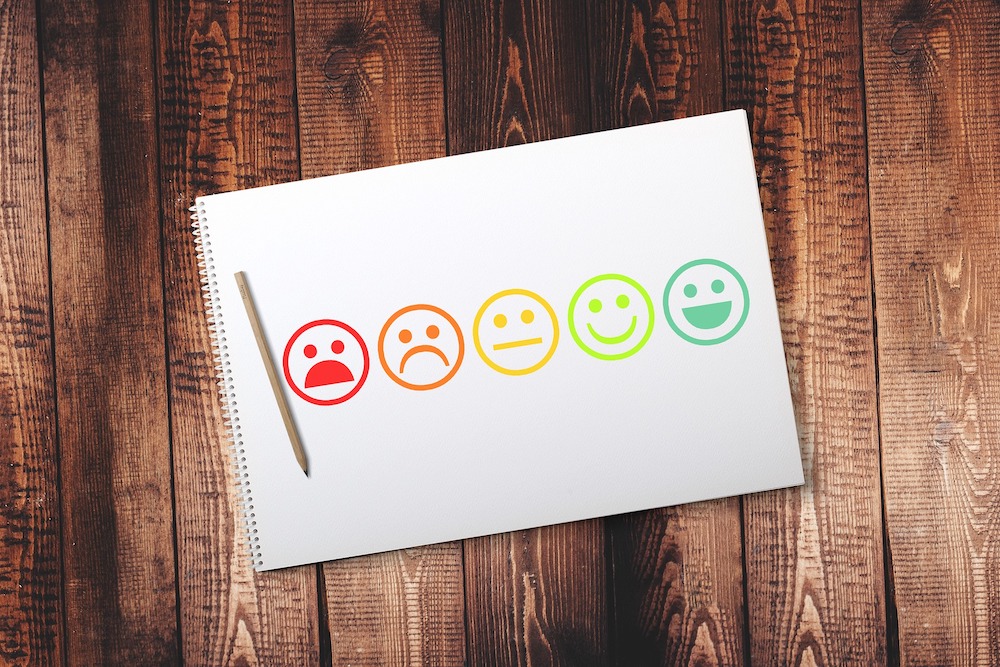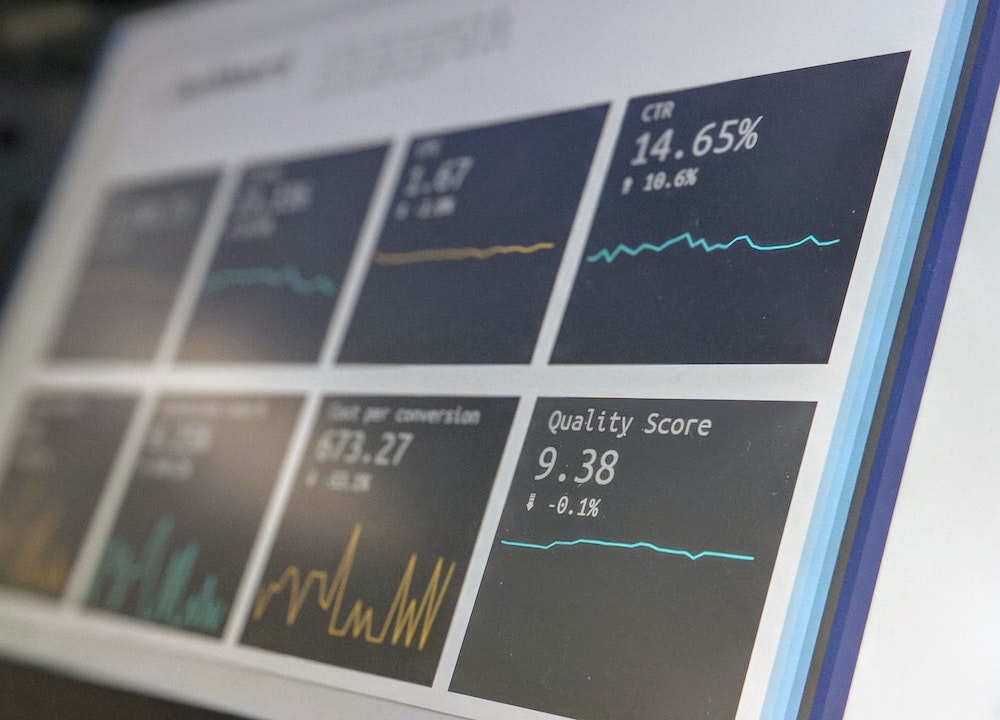How to enhance your brand's digital presence
Your company has been online for some time. You have a website, perhaps even a corporate blog; you have several profiles on social media, perhaps you have run an advertising campaign on these same platforms or on Google Ads. And yet, you're not achieving your goals: your web traffic seems stagnant and you are not entirely clear which platforms contribute to your bottom line. You've been brave, you've gone digital, and now you're having doubts. If this is your case, you are not alone. And what you need is a diagnostic of your brand on the Internet that will allow us to redefine your digital strategy.
This was the topic of our first webinar for the 22@ Network association, of which Zinkdo is part of to show our commitment to the local community. Here you have the video of the session (in Catalan), but I have also added a written summary in case you want to go faster:
What should an online brand diagnostic include?
One of the most common mistakes in communication and marketing strategies online is to jump on the bandwagon of trends without stopping to consider the role of each channel in our overall strategy. In the same way that in the 90s companies launched their own websites, sometimes without thinking about their purpose, some even starting corporate blogs just because the competition had them, on many occasions it seems that the use of social media is simply a matter of copying others.
At Zinkdo we think, and I'm sure you agree, that the first step is clearly defining the objectives of our company in digital. Knowing what we want to achieve is what then determines whether a particular channel is the best way to go. Let me give you an example: if you have a high level of engagement on Instagram, but sales are not increasing and you are not getting traffic from Instagram to your e-commerce or your shop, is the conclusion that the channel is working because it has a lot of likes? Or do we dismiss it without really considering there is a brand presence that sustains the sales you now have? There are no one-size-fits-all answers, because the objectives of each company are different.
The first step of an online brand diagnostic is to align channels with objectives, and properly assess what each effort contributes to the overall strategy.
First, let's see how your website is doing

To do a complete brand audit, Zinkdo recommends looking at four key aspects of your website:
- What do your web analytics data say? Let's see how traffic is arriving (something that is becoming increasingly complicated given the privacy restrictions on users' reach). But also let's look where users were when they left your website. Analysing web traffic flow allows us to see what is interesting, and what is not so interesting. This point is especially critical if you sell online. Analytics should also allow us to see which channel converts the most customers, whether it is a product purchase, contact information, a form or download. Are the traffic channels that bring the most users to your website also the ones that convert the most, or not?
- Is everything working as it should? When was the last time you updated plugins, tested forms or checked if there are links that don't work anymore? As with most things, things work until they don't...
- What is the narrative that your website tells us? We analyse the content, the storytelling, the most visible messages (remember web analytics) and those that are not visible. Is the most visible content on your website or blog the most valuable for your strategy? If this is not the case, how do we correct it?
- Since we are talking about content, which parts of your website are well positioned in Google and which parts are not? Is what the search engine finds what you would like customers to see? How does your website respond on different screens from Google's point of view? Inevitably, the website diagnostic requires a SEO analysis.
What does your social media say about you?

- A good social media diagnostic shows us where to put more effort to get better results. You already know that being on every platform is costly, it is a titanic effort and it is not usually a good idea. The diagnostic helps guide you as to where you should be, with what content and for which communities.
- Social media assessment is one of the most common services at Zinkdo, and you can see how we deal with the matter in the article “¿Tus redes sociales no consiguen sus objetivos?” (Is your social media not meeting its objectives?)
- In any case, when we talk about diagnostics in social media, it is increasingly important to go beyond the brand and also analyse the online visibility of the company's managers and spokespeople. Are their LinkedIn profiles solid? What do they show us on their personal accounts? Does what they share fit with the company's philosophy, or does it clash? Be careful with this issue, because it affects the Online Reputation of your company...
What are others saying about your brand?

- If up to this point we have looked at how your brand is presented digitally, we strongly recommend completing the assessment with an analysis of what others are saying about your brand, your company or your products. This is what we call monitoring your brand on the Internet.
- We have tools that allow us to gather all online mentions of keywords related to your business in a single database. We can measure what your brand is saying and compare it with what others are saying. How much of the conversation about your brand are you leading yourself? We can determine the volume of positive, neutral and negative messages, where they occur and what specific topics are provoking criticism or generating praise and endorsements.
- In addition, with online monitoring we can see what the response has been to your advertising campaign, event or content.
- You can find all the details in the article “Monitorizar opiniones para tomar decisiones” (Monitoring Opinions to Make Decisions) and in “Los 10 pasos de un proyecto de escucha activa” (The 10 Steps of an Active Listening Project).
How are you doing compared to your competitors?

- You could do everything in a pretty standard way because you are the only one in your market segment doing anything, and your efforts would work just fine. Let's face it, that's not the norm. Or you could be doing quite well, but your competition is doing much better. This scenario is quite common, is it yours?
- Benchmarking your presence against that of your three, four or five most immediate competitors provides a very useful framework for prioritising actions to be taken. Of all the improvements and practices derived from the diagnostic, which one should we start with? Well, the one that gives you the greatest competitive advantage at the lowest cost. Sound good?
- For this reason, we recommend rounding off the diagnostic by taking a look at competitors. And this comparison can consider all of the above points (website, SEO, online platforms -organic and social media ads-, online opinions) or only the most critical in your case. It all depends on how far you want to go.
Conclusions of a comprehensive digital diagnostic
If you have read this far (thank you) you deserve a summary in the form of what questions a comprehensive online brand diagnostic seeks to answer. These are the most common ones (but for each case, we adjust the diagnostic to the client's specific requests):
- What's missing from my website? How can I get more out of it? What's visible and what's not visible?
- Which articles on my blog help me in Google, which ones compete with each other and detract from my potential?
- Which social media sites do I need to be on and which are opportunities to explore? What should I say? How do I get seen?
- What is understood (and what’s not) of everything I say on the Internet?
- Who on my team can be spokespeople and brand ambassadors?
- What are people saying about my products and services in the marketplace? Am I also in these spaces where people are talking about me?
- Which competitors are doing best on each social platform? Why? How did they do it?
- What competitive opportunities do I have online and how do I prioritise them?
- In the end, am I doing well, am I doing badly, am I doing so-so? Who is better, the same or worse than me?
- What do I do, where do I start and with what investment?
If you are interested in getting answers to these questions, contact us 🙂